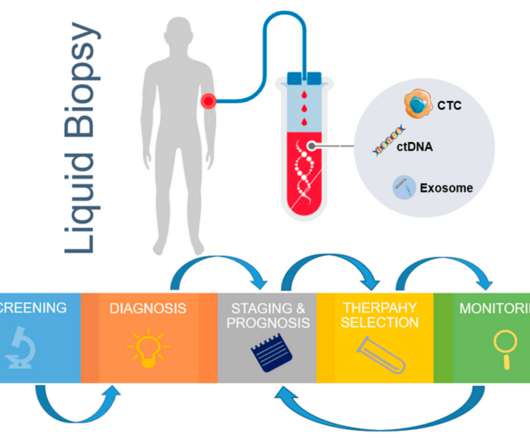FDA-approved drug sensitises brain cancer cells to radiotherapy
Drug Discovery World
JANUARY 23, 2023
They showed that diacylglycerol kinase B (DGKB), a regulator of the intracellular level of diacylglycerol (DAG), was significantly suppressed in radioresistant GBM cells. As an FDA-approved oral drug, the side-effects of cladribine are quite manageable and it has been well evaluated for pharmacokinetics.













Let's personalize your content